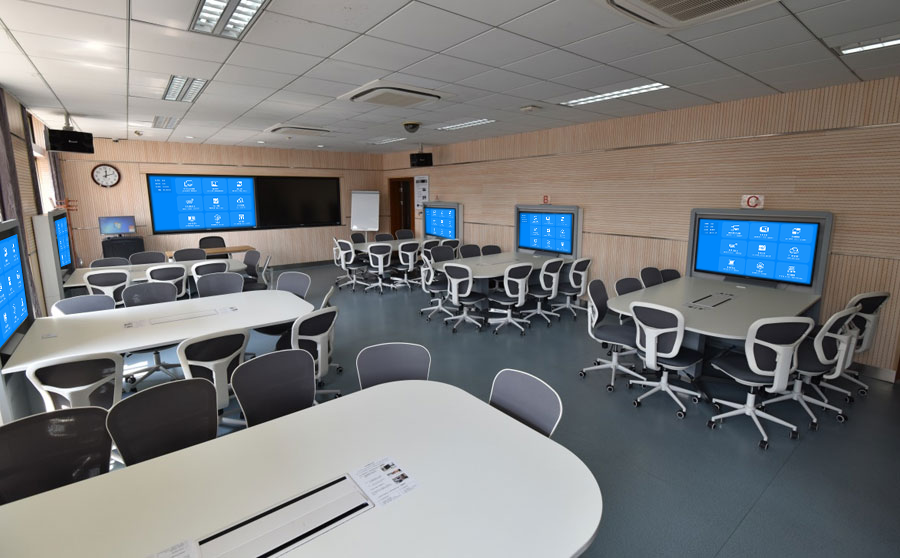Creating Efficient Interactive Classrooms: Wireless Screen Mirroring Solutions Empowering Smart Education
1. Pain Points and Needs of Interactive Classrooms
In today’s rapidly developing digital education landscape, the problems of cable restraints, cumbersome device switching, and insufficient interactivity in traditional classrooms severely affect teaching efficiency and the classroom experience. Teachers need more flexible tools for multi-screen interaction, students expect more convenient ways to participate in classroom sharing, and administrators hope for stable, easy-to-maintain equipment.
2. Wireless Screen Mirroring: The Core Engine of Interactive Classrooms
Wireless screen mirroring technology becomes the “nerve center” of interactive classrooms by allowing teachers or students to project content from their terminal devices (phones, tablets, computers) onto a large screen with a single click, breaking free from physical connection limitations. Its core advantages include:
- Seamless Collaboration: It supports fast mirroring switching for multiple people, encouraging group discussions and real-time presentations.
- Cross-Platform Compatibility: It is compatible with systems like Windows, macOS, Android, and iOS, covering all classroom teaching equipment.
- 4K Ultra-HD Transmission: It ensures that courseware, videos, and experimental demonstrations are presented with high-definition clarity and smoothness.
3. Solution Highlights
Simple Operation, Improved Teaching Efficiency
- One-Click Mirroring: Teachers don’t need to debug devices. They can connect to a large screen in seconds by scanning a QR code or pressing a button, allowing them to focus on teaching content rather than device operation.
- Multi-Screen Simultaneous Display: It supports a four-way split-screen display for comparison, making case analysis and homework review more convenient.
Strong Interactivity, Activated Classroom Atmosphere
- Student-Initiated Mirroring: Through permission management, students can share their homework or ideas at any time, promoting a sense of participation.
- Reverse Control: Teachers can directly annotate students’ mirrored content on the large screen, providing real-time feedback.
Secure and Stable, Worry-Free Operation and Maintenance
- Private Deployment: It supports intranet transmission, avoiding external network security risks.
- Centralized Management: The backend can unify the management of device status and remotely troubleshoot problems, reducing operation and maintenance costs.
4. Application Scenario Examples
- Group Discussion Class: Students mirror their proposals in groups, and the teacher reviews them one by one.
- Remote Dual-Teacher Classroom: A remote expert’s screen is mirrored in real time, enabling cross-campus interaction.
- Experimental Teaching: High-definition displays of microscopic experimental processes make details clear at a glance.
5. Conclusion
Wireless screen mirroring technology is redefining the boundaries of interactive classrooms. Through freer content sharing and more efficient classroom collaboration, we help educators unleash their teaching creativity and make every class a stage for the exchange of ideas.